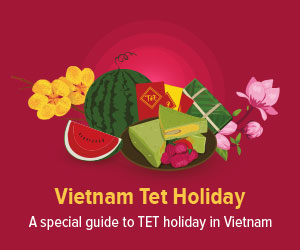Pineapples
Vietnam's Pineapple
Pineapple is a tropical fruit known for its unique appearance. The upper part features long, spiky green leaves, while the fruit itself has a cylindrical shape, covered in thorns and dotted with pointy yellow "eyes." This fruit is, in fact, a cluster of many individual flowers surrounding a central core.
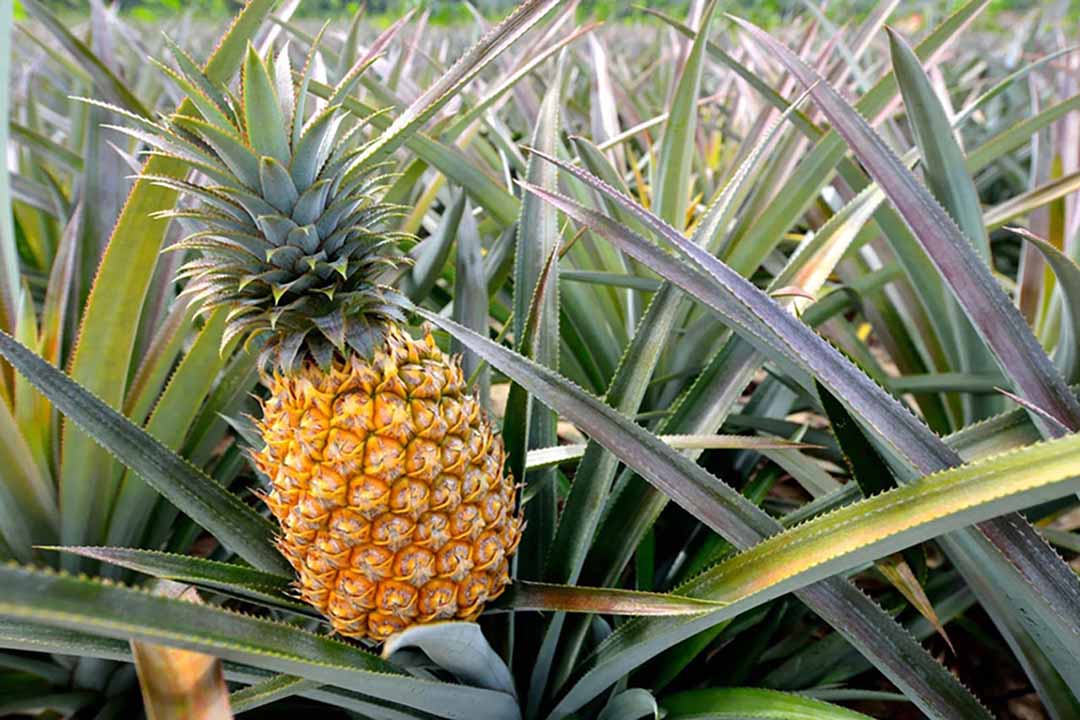 Photo: doctor24h.vn
Photo: doctor24h.vn
In Vietnam, pineapple is known by several names. People in the north call it "dứa," while those in the central and southern regions refer to it as "khóm" or "thơm." It’s important to distinguish it from similar-sounding fruits: "dưa" (melon) and "dừa" (coconut), which are entirely different.
How to Eat Pineapple
Pineapple can be enjoyed raw, canned, or stored in glass containers as chunks for later consumption. In addition to being a delightful dessert, pineapple juice is a refreshing beverage often consumed after meals.
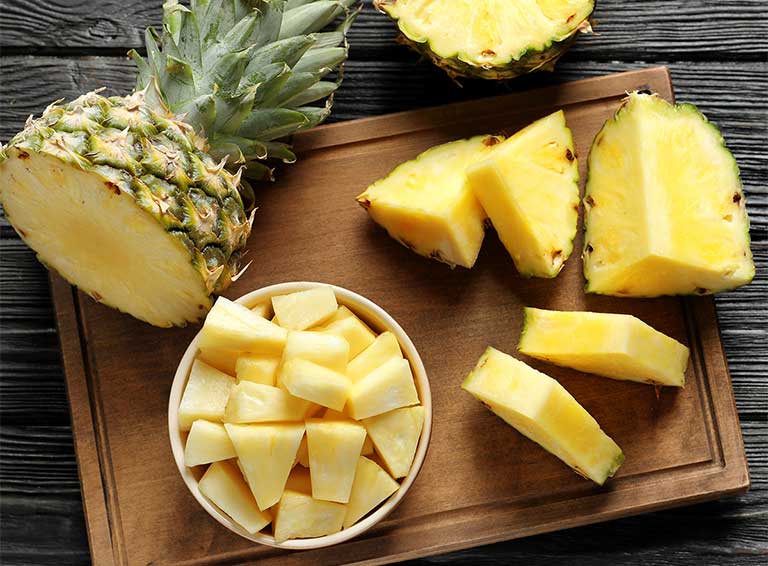 Photo: thocdantoc.org
Photo: thocdantoc.org
To extract the juice, first cut off the spiky leaves, peel the skin, and remove all the brown eyes before slicing the fruit into small pieces. Exercise caution while handling the fruit, as it can become squished easily. The firm core of the pineapple is also edible. However, it’s best to avoid eating pineapple on an empty stomach due to its high vitamin C content, which may upset the digestive system.
Where Pineapple is Grown in Vietnam
In Vietnam, several provinces cultivate pineapple across various plantations. Common varieties include "dứa ta," "dứa mật," and "dứa không gai," primarily harvested before the rainy season. The provinces of Ninh Binh, Ha Nam, Thanh Hoa, Kien Giang, and Tien Giang are known for being the largest exporters of pineapple in the country.
Visitors to Vietnam can easily find this tropical fruit at street vendors across the nation, with prices ranging from 10,000 to 20,000 VND for a whole pineapple. Vendors are generally happy to cut the fruit for you if you prefer not to do it yourself.
Benefits of Pineapple
Rich in vitamin C and antioxidants, consuming pineapple can help protect skin health, alleviate inflammation, relieve joint and bone pain, and reduce stress levels. Eating 100 - 200 grams of ripe pineapple daily can lead to noticeable improvements in both mental and physical health. However, individuals with stomach issues, obesity, diabetes, high blood pressure, or pregnant women should exercise caution with pineapple consumption, particularly those that have been stored for long periods.
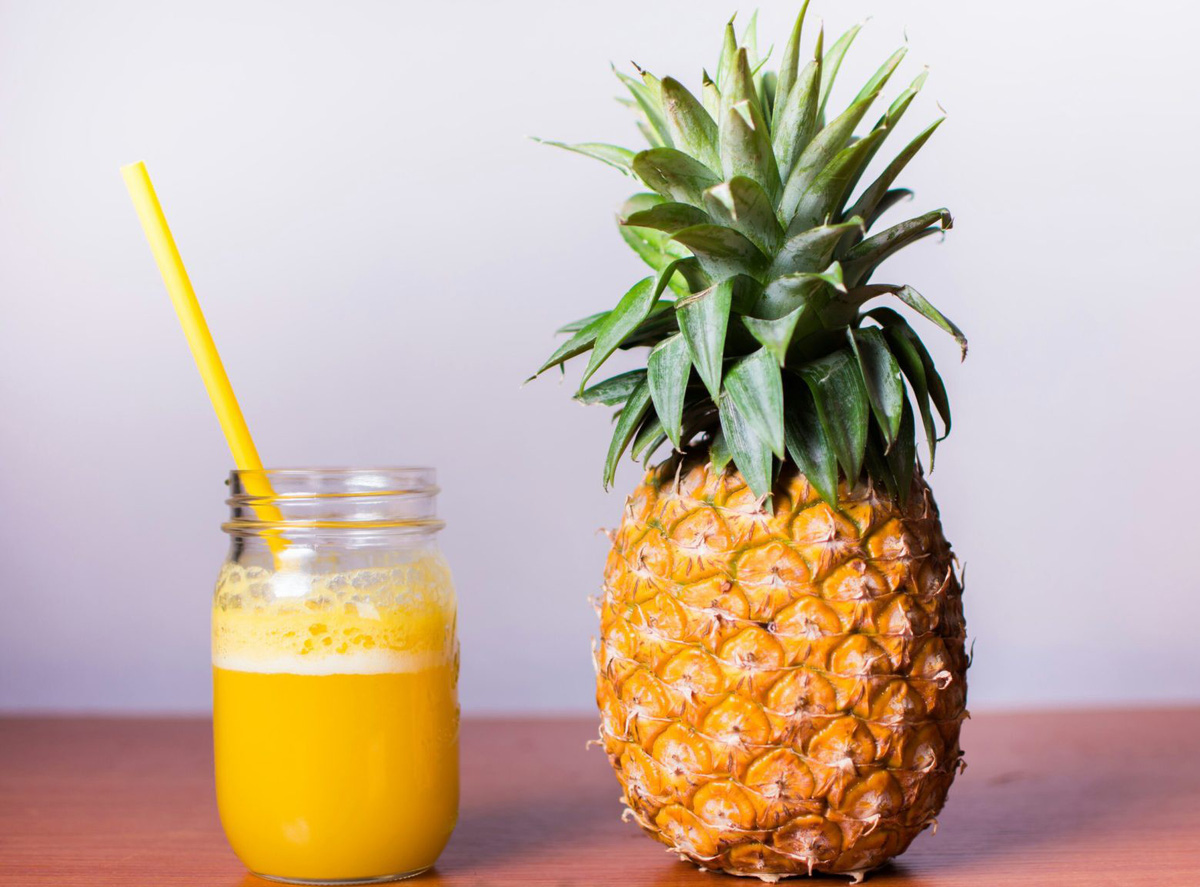 Photo: vnorconomy.vn
Photo: vnorconomy.vn
Food Made from Pineapple
Pineapple flesh and juice are integral to many traditional Vietnamese dishes as well as global cuisines. It frequently appears in dessert preparations such as fruit salads, raw shrimp salad, fruit cakes, "chè," and ice cream.
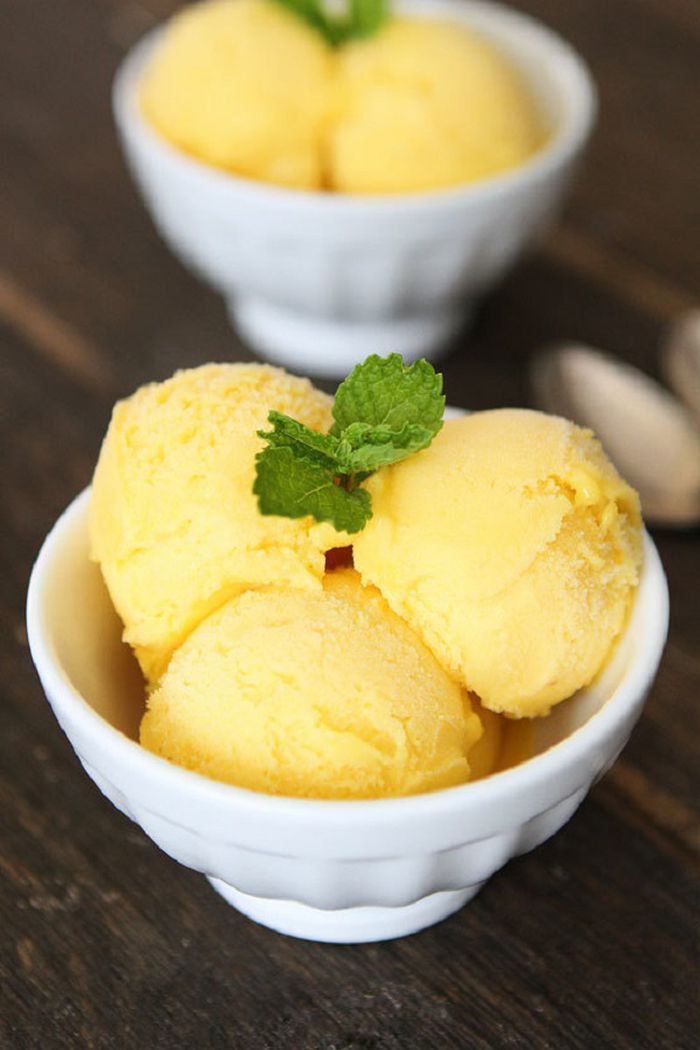 Photo: baomoi.com
Photo: baomoi.com
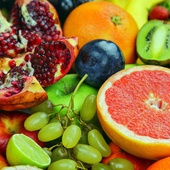
Vietnamese Fruits - An Overview
Being geographically located in the tropical zone, Vietnam is truly a heaven when it comes to fruits.
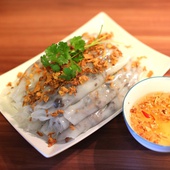
Vietnamese Cakes - A Closer Look At Vietnam's Most Varied Food
An overview to the different types of cake in Vietnam.
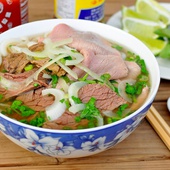
Vietnamese Noodles - An Overview
An introduction to Vietnamese noodles.



